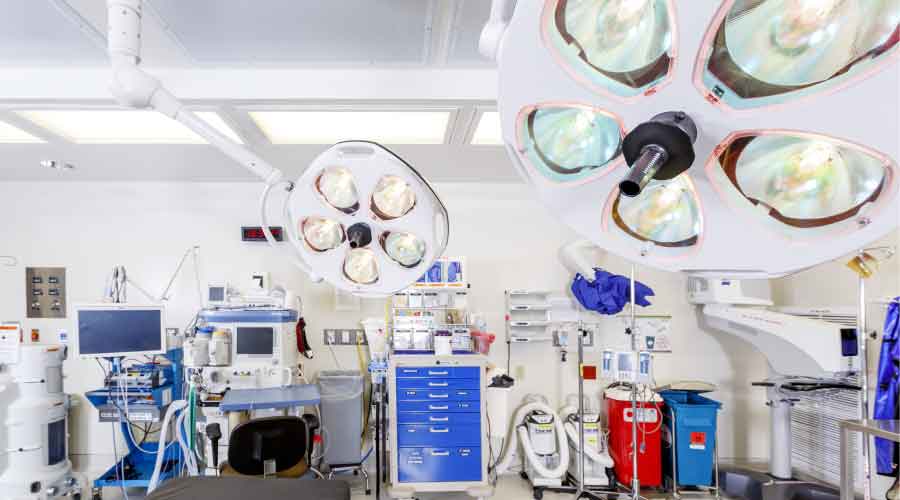Where To Start With Lighting Upgrades
When looking to install a new or upgrade an existing lighting system, where should you start to determine what you need?
First, survey the existing installation to determine the system age, era of equipment, and the basic type of system. For instance, you might find an office building full of 1980s-era fluorescent troffers that were retrofit with T-8 lamps and electronic ballasts in the mid-1990s. This will tell you whether the lighting system can be successfully upgraded in place, or whether a wholesale relighting is needed.
While you are at it, determine the type and age of lighting controls. Also take a look into how the branch circuits are wired. In most existing buildings you will find basic pipe-and-wire branch circuits with switching devices, such as wall box devices and ceiling sensors, but occasionally you will discover a prefabricated wiring system or a relay control system. This will inform you the extent to which lighting controls can be easily added.
Next, weigh relighting rather than retrofitting. Retrofitting is usually the least expensive and the faster payback; relighting is usually much more expensive and has a longer payback. On the surface, most people would take the faster payback. But remember, the return is an annuity, not a loan payoff. With an annuity, increases in the rate of electricity will make the larger investment better over the long run, a wiser investment for an institutional property. Moreover, relighting increases the value of the property and usually makes a bigger difference in appearance than any other improvement. This can increase lease rates for commercial properties, and for institutions, they can modernize older buildings at a faction of the cost of major remodeling.
For tenant improvements the smaller investment might be better — but remember, when you cherry pick the smaller investment, then the longer investment is no longer available and you're stuck with less income over time. Also, be careful with whom you consult during this period. There are a lot of companies that "cherry pick" projects, putting in the fastest payback solution. They will offer 30 to 40 percent energy savings with payback in two to three years. They will not tell you about the 60 percent annual savings with a payback of six years.
Also, for goodness sakes, avoid any sales pitch that employs spectrally enhanced lighting or any of its other sales pitches. Many companies claim that the spectrum or color of their lighting systems are better and that is why they can reduce lighting energy. What they are doing is reducing light levels, too. The IES has now clearly stated that S/P ratio and related spectral enhancements cannot be used to reduce light levels or create "equivalent" light levels for general illumination purposes, and specifically NOT for energy efficiency arguments.
Answers provided by Jim Benya, principal, Benya Lighting Design, and partner, Benya Burnett Consultancy. Benya is a professional engineer and lighting designer with 39 years experience in architectural lighting design. He is the author of two books, “Lighting Design Basics” and “Retrofitting and Relighting.”
Related Topics:














